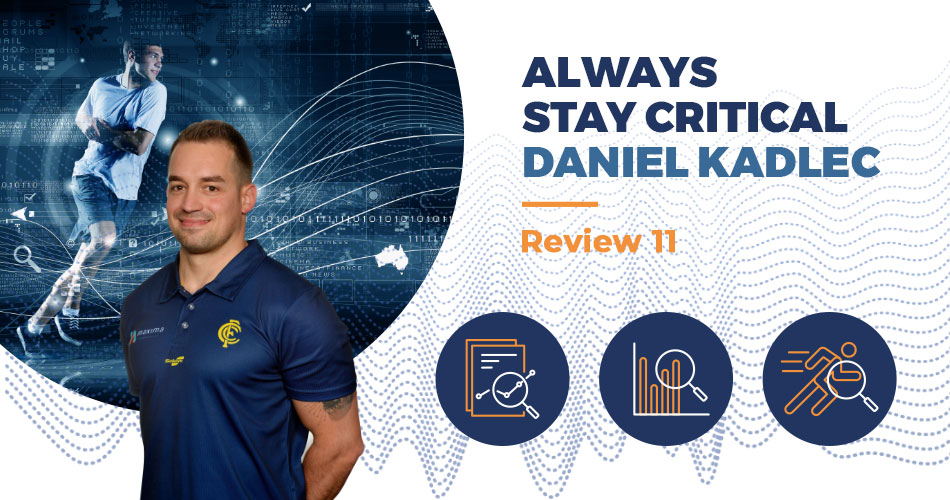Perceived and True Shortcomings of Movement Training
Being that the manner of physical training, which is now more or less commonly referred to as the “movement training”, is a relatively “new kid on the block”, there are still some misconception about what it is good for or not, so it makes it a bit harder to figure out the proper role for this approach in working with athletes. Therefore, the aim of this article is to try and help in getting a better understanding of the subject.
We will not dwell too long on the benefits and strong points of movement training, since it has been already discussed in the previous feature on this website. Suffice it to reiterate that the principal goal we are striving for is the better sense of the quality of movement and in general what Vern Gambetta cleverly describes as physical literacy . Probably the second most significant avenue of implementation in the training of athletes is in the capacity of active recovery and pre-habilitation, i.e. injury prevention, which goes hand in hand with the physical literacy. Namely, when one’s kinesthetic perception is improved, the body has better control of the work it does, hence diminished chance of injuries.
Now, one of the most widespread misconceptions of the movement training approach is that it does not build strength. Simply put – it’s nonsense! Depending on what type of strength is required, it can be worked on successfully to some degree. After all, most forms of calisthenics and/or bodyweight exercises could be seen as belonging to the umbrella notion of movement training. The fact that the grand majority of movement coaches and practitioners are focused on the qualities such as flow and grace (not unlike sport gymnastics) had led to the perception among those not familiar with such training protocols that it is difficult to keep close track of load, i.e. implement the principle of progressive resistance.
In all truth, if one desires to keep working on the longer series of movement sequences in the multi-planar fashion, loading may demand some creativity, but it is not to say that even the common implements cannot be used, such as weights (be it barbells, dumbbells, plates, kettlebells or other less conventional ones). The things is, once the movement is understood and adopted to a satisfying degree, it can be loaded. Or, you could go for the more difficult version of the movement (improving skill – again, not unlike gymnastics)…or combine the two approaches.
Naturally, you may ask – why not simply go with gymnastics training then? And the answer is, because gymnastics by now is a specific activity/sport of its own, with all the entailing standards (and that includes visual/aesthetic ones) and equipment, so there might be some difficulty in transferring the ready-made training methods of gymnastics into other fields, such as team or combat sports.
All that said, if one’s focus is getting strong in a very particular way and in a very specific action (power and Olympic lifting being prime examples), obviously, doing a lot of animalistic exercises, rolling, balancing and so on would mean missing the boat. Unless, of course, it is being done for the sake of warming up, recuperating, nervous system maintenance etc.
To conclude, there is a parallel to be drawn between the movement training and crossfit kind of training. The idea on its own makes a lot of sense, but how it is brought to realization may vary significantly from one coach or practitioner to another. It is important to constantly be aware of why certain people are doing certain things, so that the means and goals should not be confused somewhere along the way.










Responses